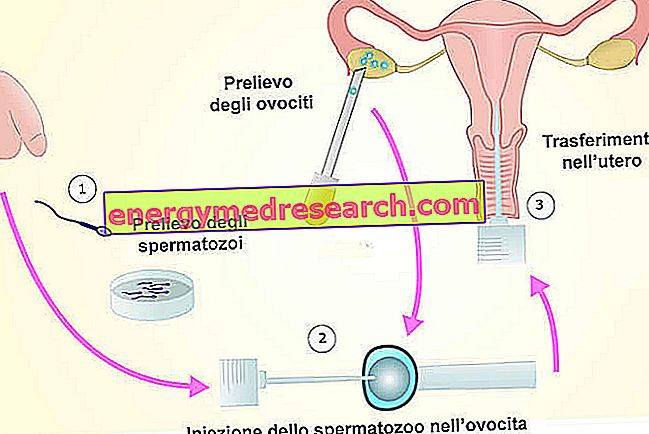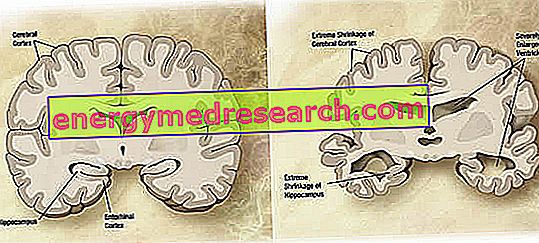
What is Benefix?
Benefix is a powder and solvent to be mixed together to obtain a solution for injection. Benefix contains the nonacog alfa active ingredient that promotes blood clotting.
What is Benefix used for?
Benefix is used for the treatment and prevention of bleeding in patients with haemophilia B (an inherited bleeding disorder caused by factor IX deficiency). Benefix can be used in adults and children over the age of six. Benefix is intended for short-term or long-term use.
The medicine can only be obtained with a prescription.
How is Benefix used?
Treatment with Benefix should be started by a doctor experienced in treating haemophilia.
Benefix is given at a low infusion rate (drip into a vein), usually up to 4 ml per minute. BeneFix should not be mixed with other infusion solutions or administered using infusion sets other than the one supplied with the medicinal product. The dose varies depending on whether Benefix is used to treat bleeding or to prevent it during surgery. The dose must also be adjusted according to the severity of the bleeding or the type of surgery. It is generally administered once a day, except in the case of life-threatening. All information on how to calculate the doses can be found in the package leaflet.
How does Benefix work?
Benefix active substance, nonacog alfa, is a protein that affects blood clotting. In the body, factor IX is one of the substances involved in blood clotting. Haemophilia B is characterized by the lack of factor IX, which causes blood clotting problems, such as bleeding in joints, muscles or internal organs. Benefix, used to replace the missing factor IX, can remedy the factor IX deficiency and temporarily control bleeding disorders.
Nonacog alfa is not extracted from human blood, but is produced by a method known as "recombinant DNA technology": that is, it is obtained from a cell in which a gene (DNA) has been introduced which makes it capable of producing factor IX of human coagulation.
What studies have been carried out on Benefix?
Benefix has been studied in previously treated patients with moderate or severe haemophilia B, as a preventive treatment or during and after surgery. It has also been studied in patients who have received no treatment for haemophilia. The studies evaluated the number of bleeding episodes that occurred and judged the effectiveness of Benefix using a scale ranging from "no answer" to "excellent".
What benefit has Benefix shown during the studies?
In previously treated patients, 82% of the 693 treated bleeding episodes were resolved after only one Benefix infusion. Out of 972 infusions, 84% were judged to have had a "good" or "excellent" response.
What is the risk associated with Benefix?
The side effects found with Benefix are rare, but the most common (found in between 1 and 10 patients in 1 000) are dizziness, headache, taste perversion, carelessness, nausea, reactions at the site of the inoculum (burning or puncture pain ), discomfort at the injection site, cellulite (inflammation of the tissues under the skin), phlebitis (inflammation of a vein) and development of antibodies (inhibitors) against factor IX. If antibodies develop, Benefix will not be effective. Hypersensitivity (allergic reactions) has sometimes occurred in patients treated with factor IX products. For the full list of all side effects reported with Benefix, see the Package Leaflet.
Benefix should not be used in people who may be hypersensitive (allergic) to recombinant coagulation factor IX or to any other substance in the medicine or to hamster proteins.
Why has Benefix been approved?
The Committee for Medicinal Products for Human Use (CHMP) has determined that Benefix's benefits are greater than its risks for the treatment and prevention of bleeding in patients with haemophilia B (congenital factor IX deficiency) and has therefore recommended the granting of marketing authorization.
Benefix has been authorized "in exceptional circumstances" because it was not possible to obtain complete information on the medicine. The European Medicines Agency (EMEA) reviews the new information available every year and, if necessary, updates this summary.
What information is still awaited for Benefix?
The Benefix company will keep a record of all new patients treated with Benefix in Europe.
Other information about Benefix:
On 27 August 1997 the European Commission issued a marketing authorization for Benefix, valid throughout the European Union. This authorization was renewed on 27 August 2002 and 27 August 2007. The marketing authorization holder is Wyeth Europa Ltd.
For the full EPAR of Benefix, click here.
Last update of this summary: 04-2009.



